How to Transition from Bottles to Cups
Bye-Bye Bottles: A (Mostly) Painless Guide to Cup Transitions
So, your little one is walking, babbling, and possibly throwing bananas at the wall—but still sucking on a bottle like it’s the only friend they’ve ever known. If this sounds familiar, it’s time for the Great Cup Switcheroo.
Bottles to cups
Why is it important to move away from bottles as a baby turns into a toddler
But first, why is it important to ditch the bottle?
Before you feel like the mean parent snatching away their comfort object, here are three good reasons bottle weaning matters:
🦷 Jaw and Dental Development
Extended bottle use (especially beyond 12–18 months) can interfere with proper jaw alignment and even contribute to an overbite. Repeated sucking on a bottle nipple can shape the developing mouth—not in a good way.🗣️ Speech Development
Bottle-feeding past toddlerhood can delay tongue and mouth muscle coordination, which impacts speech sounds. Basically, we want your toddler saying “More toast please” instead of “Moah thoath pweathe.”🍭 Tooth Decay Risk
Milk pooling in the mouth (especially overnight) while using a bottle can increase the risk of cavities. Toddlers don’t have great oral hygiene habits yet—shocking, I know.
What happens when you switch to a cup?
Spoiler alert: your child’s milk intake may dip. You might think:
“Wait! They're not drinking as much. Do I bring back the bottle?!”
NO. DO NOT RESUSCITATE THE BOTTLE.
This dip is completely normal. Sucking is easier than sipping. Cups are a skill; bottles are passive. It’s like moving from a hammock to a Pilates class—your kid will need time (and core strength).
Instead of panicking, try these:
🧀 Offer cheese and yogurt for calcium and fat.
🥣 Add milk to porridge, smoothies, or sauces.
🍽️ Focus on the whole day’s nutrition—not just milk volume.
When to make the switch?
Ideally between 12 and 18 months. The longer you wait, the more dramatic the drama. And no one needs more toddler drama.
Types of Cups to Try
Open Cups – Great for oral development but wet floors may occur.
Straw Cups – Better than sippy cups for jaw movement and speech.
360 Cups – Fancy, leak-resistant, and great for transition.
Try different kinds. Let them choose. Toddlers love power moves.
How to Actually Wean Off the Bottle (Without Losing Your Mind)
Start by dropping the midday bottle first.
Replace with a cup of milk and a snack.
Slowly remove the morning bottle, then the bedtime one.
Offer comfort in other ways—books, cuddles, a cozy routine.
Hide the bottles. Out of sight = out of toddler mind (eventually).
Bottom Line:
Switching from bottle to cup is a milestone. It may come with protests and suspicious side-eye, but you’re setting your child up for better health, stronger oral skills, and one less item to clean every day.
Cheers to big kid cups—and may your floors be only moderately milky.
If you are struggling with this transition, fill out the form below and I will be in touch with you.

